- Home
- Media Kit
- MediaJet
- Current Issue
- Past Issues
- Ad Specs-Submission
- Reprints (PDF)
- Photo Specifications (PDF)
- Contact Us
- PRIVACY POLICY
- TERMS OF USE
![]()
ONLINE
![]()
ONLINE


Jan Dilenschneider (left) with her family for the opening of her show
at the Sheen Center for Thought and Culture in New York City
The Power Of Light
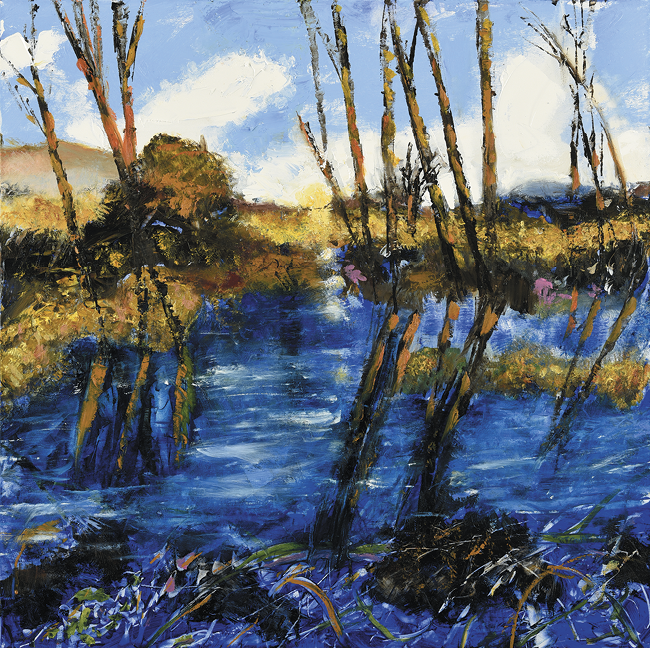
Light on the Water 30 by 30 inches, oil on canvas
Where did your passion to be an artist develop?
I did not realize I had the passion at a young age, but I should have figured it out as my mother was a painter. I was her sketch model, and I associate much of my interest to her. My sister was a very good artist and did amazing work with pastels. When I was in college an art teacher pulled me aside and suggested that I choose art as a career. That set me on my path.
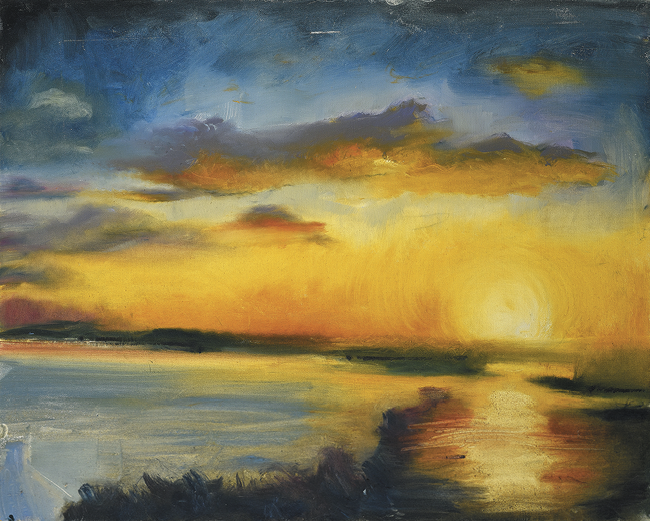
Big Sunset 24 by 30 inches, oil on canvas
How do you define expressionist painting?
Expressionist painting cannot be defined, as it is so personal. I look for those perfect moments and special settings when the light is right, I am there, and the vista offers a great gift. The painter uses resource materials, photos, nature, the outdoors and more to be inspired by the colors, the movement, the atmosphere. As an expressionist painter, I deal with one thing – the emotion created in the painting. You see a tree, but the painter wants you to know how the artist feels about the tree. I want people to feel the way I do about nature, to stop and look and appreciate it, to fall in love with it again.
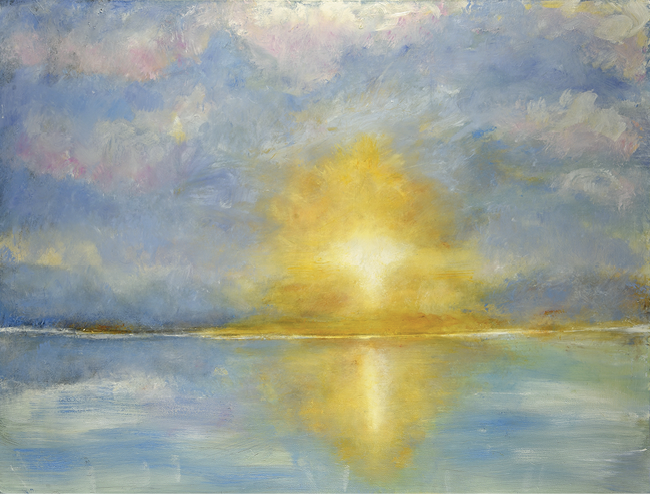
Sunrise 36 by 48 inches, oil on canvas
Where does the inspiration for your paintings come from?
I would love for people to look at my work and ask, what is the mystery? The whole world is my visual inspiration – spring green leaves against very blue skies; sun reflecting off houses of a distant shore; sun-dappled shadows below a tree; interplay of trees down the lane – all of this sends me to my studio.
There is also the inspiration of championing a cause. My first five shows in Paris and subsequent U.S. shows were dedicated to drawing awareness to ecology.

Golden Flora 30 by 30 inches, oil on canvas
Will you discuss your use of colors?
To me, color is magic. It is the joy in the painting. It is not just the color – it is how colors work together, which is often referred to as simultaneous contrast. I try to make the relationship of the colors more exciting than the individual color. For example, yellow against a certain blue, violet against light green. I like to say they “sing together.” The colors “vibrate” in a more exciting way and add a lot to the painting.
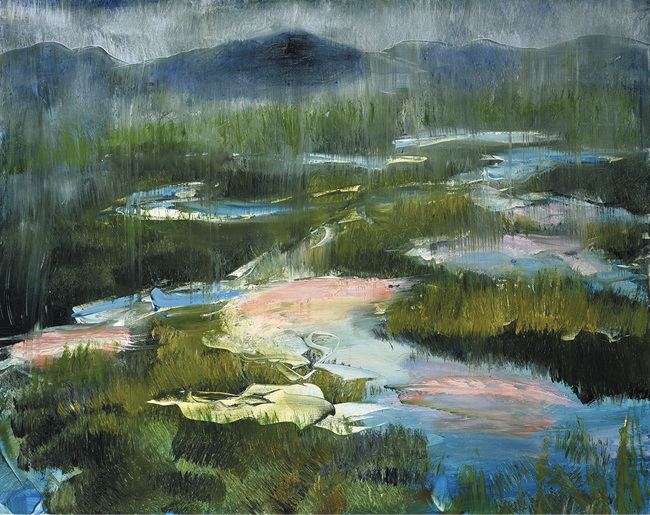
Winding Waterways 24 by 30 inches, oil on canvas
Will you discuss your recent show, “Come to the Light,” at the Sheen Center for Thought and Culture?
I wanted to showcase an exhibition of landscapes that exemplifies the spiritual power that light can bring in these trying times. I think that light has an incredible impact on people, and with all of the challenges people are facing in the world, I wanted to give some solace and rest to people through my work.
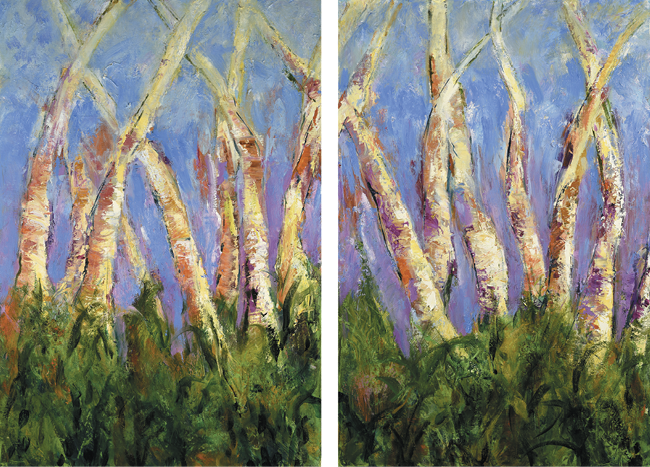
Romantic Birches diptych, each 24 x 36, oil on canvas
What are the keys to having a successful career as an artist?
Personal satisfaction – no one expects to get wealthy being an artist. What makes me so happy is when I get people to “participate” by looking at a paining longer that a minute, and they see the relationship of color, the mood of the painting, and the gesture lines defining movement at the relationship of the colors. I think that having a visitor view your work is the highest level of a compliment to an artist.
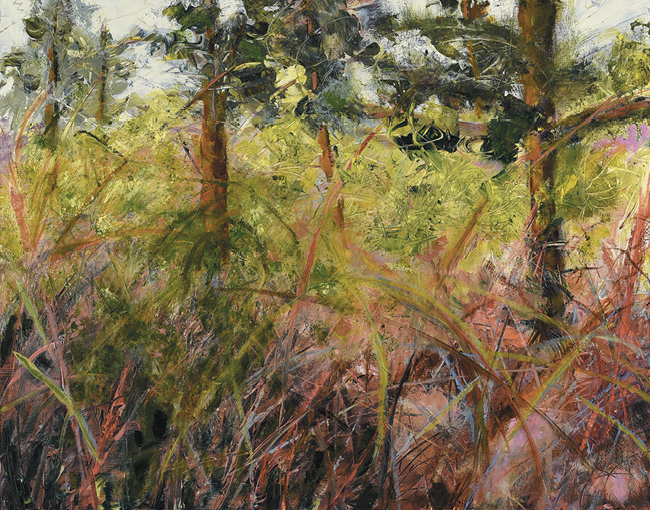
Warmth of Nature 24 by 30 inches, oil on canvas
What advice do you offer to young people hoping to build a career as an artist?
For young painters, I tell them the arts record today’s culture and they must be a part of that. I suggest that they beat their own drum, listen to their hearts, and observe, observe, observe. No work of art is created in a vacuum. What you see and feel will allow your creative brain to do the work.![]()